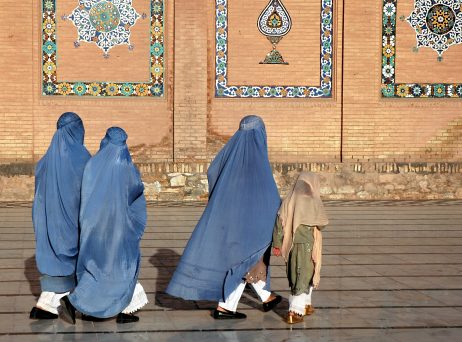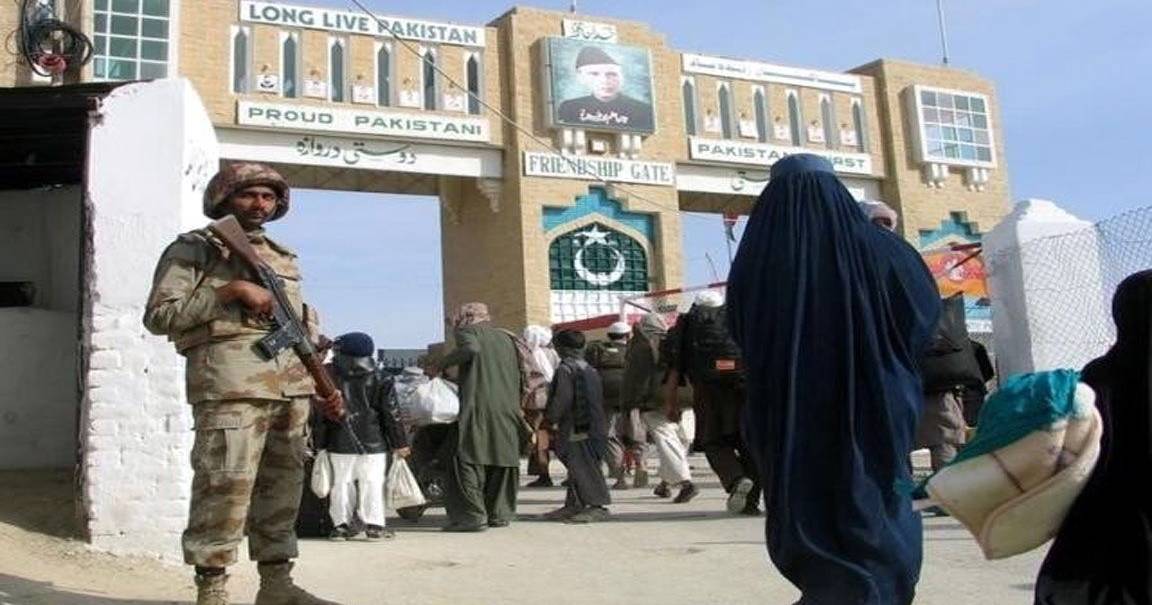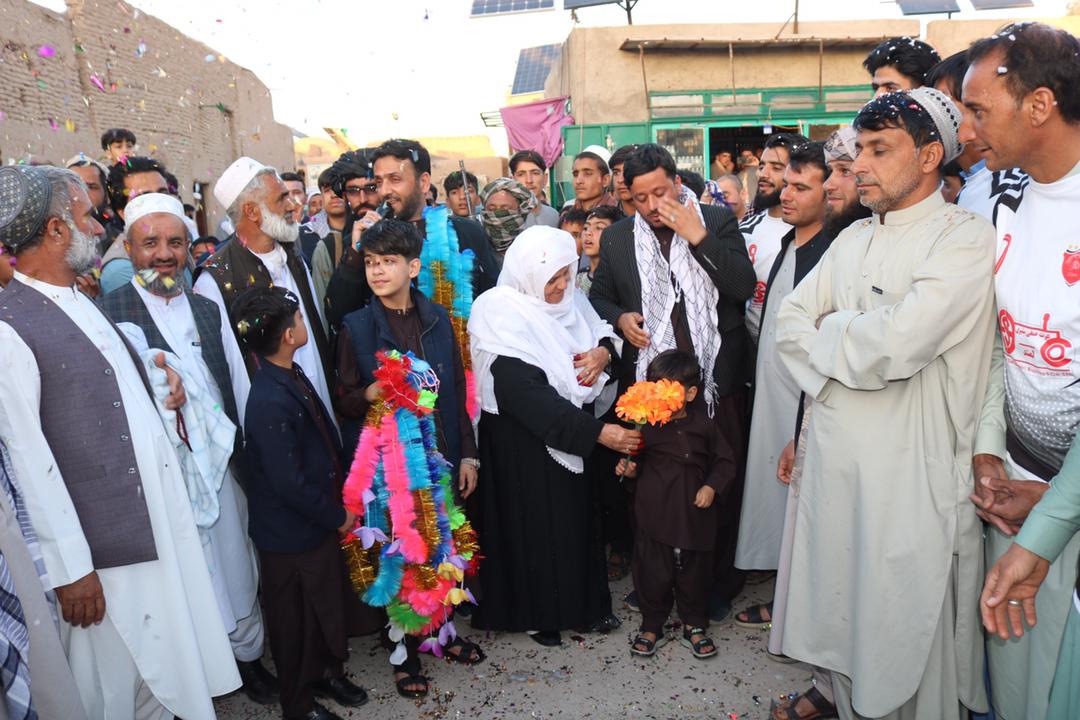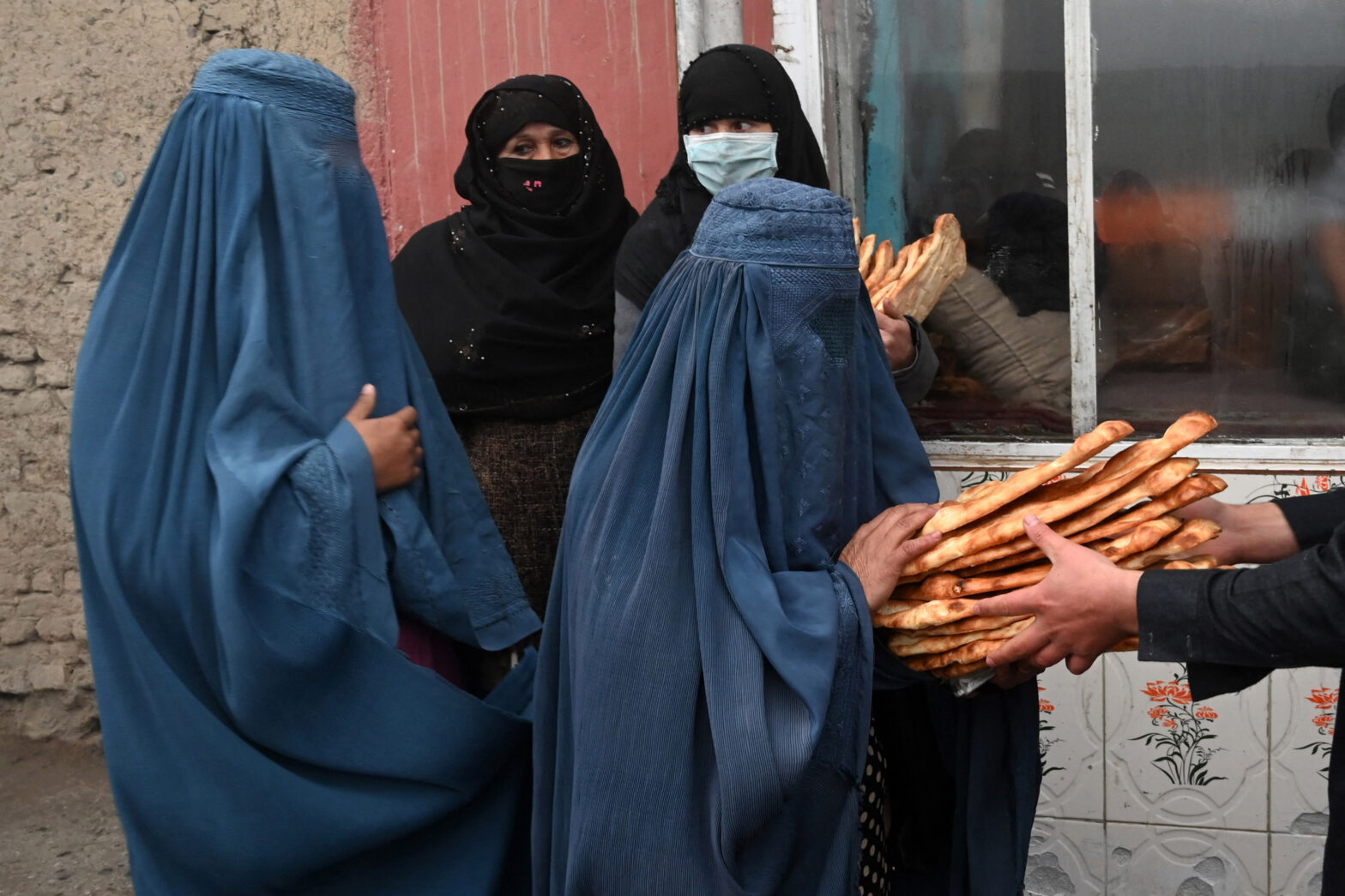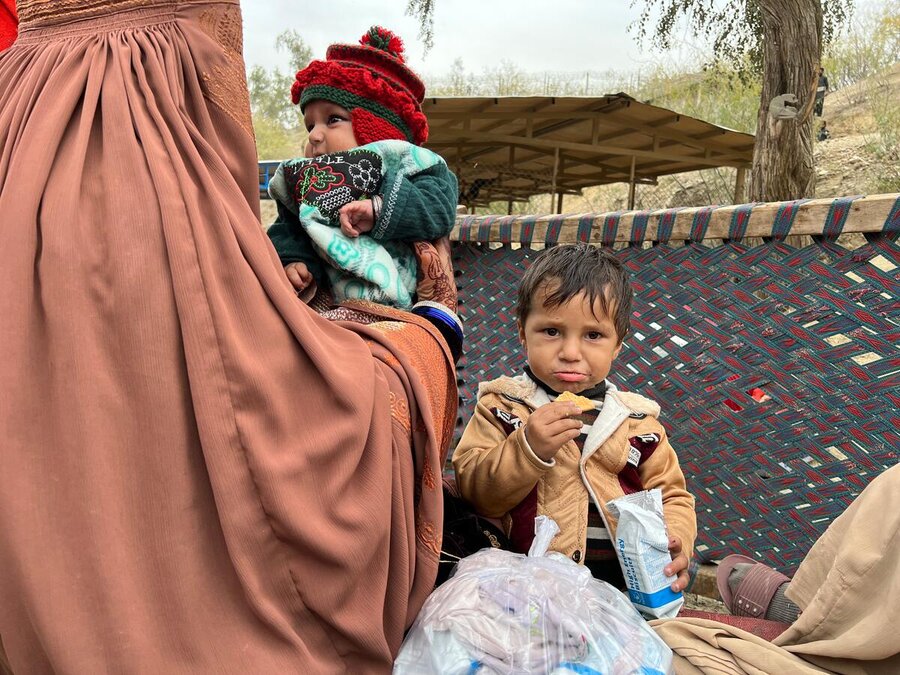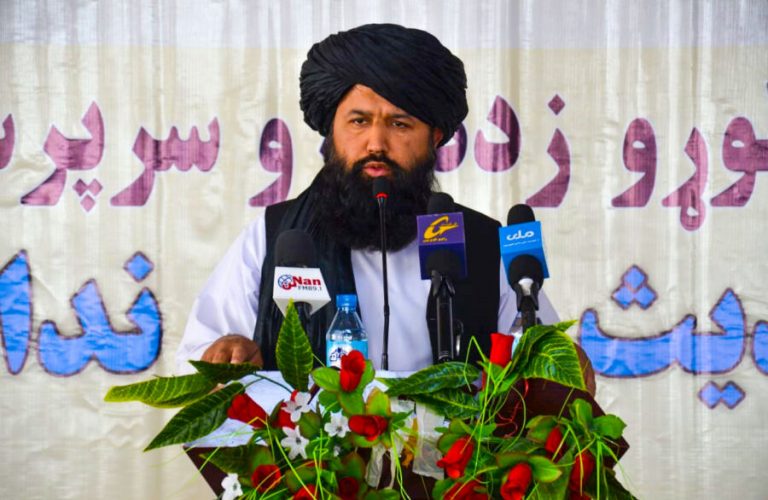
Neda Mohammad Nadeem, the acting head of the Ministry of Higher Education of the caretaker government, has referred to Mullah Hibatullah Akhundzada, the leader of the government, as the "deputy" of the Prophet of Islam and stated that obedience to him is "obligatory" while insulting him is "forbidden." In an audio file published on the X account of the Ministry of Higher Education, Neda Mohammad Nadeem discusses one of Mullah Hibatullah Akhundzada's decrees regarding "the rights of the Emir over the subjects" in a meeting. Officials of the current government and the people refer to Mullah Hibatullah Akhundzada as "Amir al-Mu'minin" (Commander of the Faithful). In his speech, Mr. Nadeem stated that "the first right of the Amir over the Muslims is their obedience to him." The acting head of the Ministry of Higher Education backed his statements with a verse from the Quran, saying: "It is written in the Book that you have believed in. Just like 'establish prayer,' similar to 'give zakat,' and like 'fasting has been prescribed for you.' Obedience to the Amir has a similar ruling. This is not my word; it is the word of God's Book." He emphasized: "Search all of religion; you will not find anyone who can tell you that obedience to the Amir is not obligatory." He also considered "the second right of the Amir over Muslims" to be the prohibition of disrespect towards him. He added: "The second thing is that insulting the Amir is forbidden. Rebellion against the Amir of Muslims is forbidden, and respecting the Amir of Muslims is mandatory for you because the Amir of Muslims is the Khalifah (Caliph) of God and His Messenger." He stated: "Obedience to the Amir is obedience to the Prophet, and obedience to the Prophet is obedience to God." Neda Mohammad Nadeem is known as one of the commanders close to Hibatullah Akhundzada. Mullah Hibatullah Akhundzada is currently in Kandahar. Over the past three and a half years, he has continuously issued decrees. One of Mullah Hibatullah's decrees is the prohibition of education and work for women and girls, which does not exist in any country in the world.

